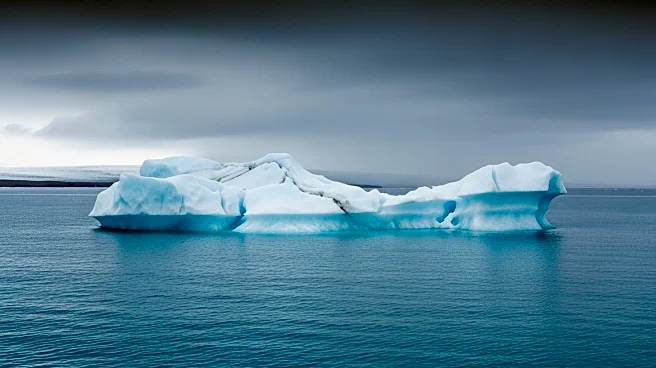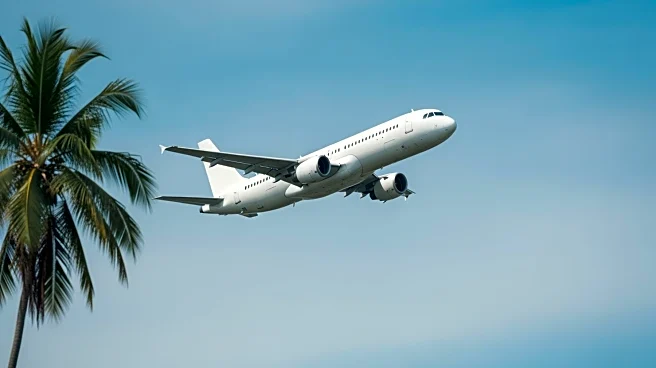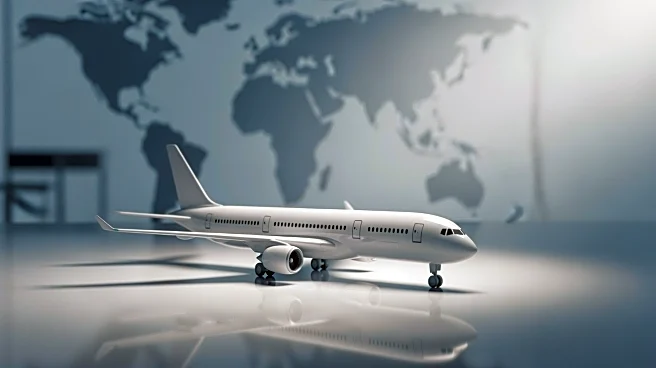What's Happening?
Iceland's cruise industry is facing a potential downturn due to new government measures that could significantly impact cruise arrivals. The industry is projected to see a 17% decrease in arrivals by 2026 and a 37% decrease by 2027, compared to last year's
record of nearly 100 ships and 1,200 port calls across 40 Icelandic locations. The decline is attributed to a proposed infrastructure fee on cruise passengers and the removal of customs and VAT exemptions previously enjoyed by smaller vessels. Local leaders are expressing concern over the potential 'collapse' of the industry, with significant financial losses anticipated for ports and businesses reliant on cruise tourism.
Why It's Important?
The proposed tax measures could have far-reaching consequences for Iceland's economy, particularly affecting sectors tied to cruise tourism. Ports like Ísafjörður are expected to lose substantial revenue, with estimates of ISK 1.5 billion in losses over 2026-2027. The impact extends beyond ports to bus drivers, tour guides, and local businesses such as cafes, which rely heavily on summer cruise traffic. In East Iceland, the situation is dire, with ship arrivals expected to plummet, threatening the viability of small businesses and municipal investments in harbor facilities. The decline in cruise tourism could lead to economic challenges for regions heavily invested in this sector.
What's Next?
Stakeholders in Iceland's cruise industry are likely to advocate for a reconsideration of the proposed measures to prevent the anticipated decline. Municipalities that have invested in expanding harbor facilities may seek government intervention to mitigate the impact. The industry may explore alternative strategies to attract cruise ships despite the new fees, potentially involving negotiations with the government to find a compromise that supports both infrastructure development and tourism growth.
Beyond the Headlines
The situation highlights the delicate balance between infrastructure development and tourism sustainability. The proposed measures reflect broader economic strategies that prioritize long-term infrastructure funding but may inadvertently harm sectors dependent on tourism. The potential decline in cruise arrivals could prompt discussions on sustainable tourism practices and the need for policies that support both economic growth and environmental stewardship.













